The Reserve Bank of India (RBI) on Friday advanced the roadmap for banks to complete financial inclusion in villages across the country with population above 2000 to 14 August 2015, seven months earlier than the earlier set target of March, 2016.
The reason for the move, the RBI said, is to align the target of its own financial inclusion roadmap with that of Jan Dhan Yojana.
“You are aware that the Pradhan Mantri Jan Dhan Yojana (PMJDY) was launched by the Hon’ble Prime Minister on 28th August, 2014 and Phase I of PMJDY is being implemented through banks in a time bound manner for completion by August 14, 2015,” RBI said.
“Keeping in view the ongoing implementation of PMJDY…banks are advised to complete the process…by August 14, 2015 in line with the PMJDY instead of March 2016 prescribed earlier,” RBI said.
The RBI had begun its financial inclusion in 2009-10 and under the first phase, banks had opened banking outlets in 74,199 villages. The second phase began in 2013 and was originally scheduled until March, 2016.
Advancing the target date set by the RBI is an obvious result of political push by the Modi government as two parallel schemes for financial inclusion with two different deadlines didn’t make any sense.
But, this also signals that the Jan Dhan Yojana, the flagship financial inclusion scheme of the government, has effectively superseded the RBI’s own financial inclusion programme. That’s fine as long as the real cause of financial inclusion is achieved, it doesn’t matter, whether the central bank takes the lead or the government.
But is it really the case? A reality check of the progress of Jan Dhan Yojana at this stage perhaps deserves merit. Let’s look at these numbers.
Under the RBI-spearheaded financial inclusion programme, banks opened about six crore basic banking accounts in the whole of fiscal year 2014. As against this, under the Jan Dhan Yojana, banks have already opened more than 10 crore accounts since the scheme was launched in August last year.
Prima facie, this appears as a very encouraging sign and yet another major achievement of Modi, who is known for his task mastering skills as a leader. But the major difference with the RBI’s rather slow-paced financial inclusion and Modi’s brand-new, rocket-paced financial inclusion is KYC (know your customer).
Unlike the conventional plans, Jan Dhan Yojana significantly diluted KYC norms by permitting customers to produce any document such as PAN card, Aadhhar card, driving licence etc to open the account.
Absence of uniform identity proof resulted in large chunk of duplicate accounts. The RBI has indicated that some 30 percent of the accounts opened under Jan Dhan Yojana are duplicate.
Under the Jan Dhan Yojana, customers will be eligible for Rs 5,000 overdraft facility, free insurance facility and a free debit card. This is something the RBI has acknowledged several times and has cautioned. Many customers have opened multiple accounts using multiple documents as proof to avail the freebies.
“Yes, there were cases where people believed only new accounts would give entitlement to benefits. I can’t give exact no of duplicate accounts but some surveys done show 30 percent duplicity. Disregarding the same, residual figure is still near original target,” one of the deputy governors of the RBI, SS Mundra said recently.
To be sure, duplicate banking accounts, in a banking system, is not illegal. But if they remain inoperative, it leads to big burden for banks besides causing multiple issues including the gross misuse of these accounts, again something which the RBI has cautioned in the past.
At present, majority of these accounts (about 70-75 percent) still do not have any money in them, even though the scenario can change once the government’s direct benefit transfer start flowing in through this accounts.
The real problem is that after opening several crores of duplicate accounts, it may not be easy to rectify the mistakes at a later stage. That’s because Aadhaar linkage takes time and by then the system will effectively create millions of non-operative accounts.
In the past, the central bank had highlighted the problem of crores of non-operative zero-balance accounts in the banking system, most of which were opened under the financial inclusion programme rolled out by the RBI.
The RBI had given a call to banks to exercise abundant caution while opening accounts under Jan Dhan Yojana.
“When we roll out the scheme, we have to make sure it does not go off the track. The target is universality, not just speed and numbers,” Raghuram Rajan said in mid-September.
“The scheme can be a “waste” if it leads to duplication of accounts, if no transaction happens on the new accounts and if the new users get bad experiences,” Rajan said.
There are no second thoughts on whether India needs more bank accounts. For sure, it does. Even after 67 years of independence from the colonial rule, only half of the population has any access to formal financial services.
Among the rest, majority of them are being exploited by private moneylenders who charge exorbitant interest rates for loans and attach the hard-earned assets of the rural on failure of repayments.
Merely opening crores of bank accounts without proper KYC can be detrimental to the whole system as duplicate accounts can be misused by ‘smurfing’ and by ‘moneymules’ as highlighted by RBI executive director P Vijay Bhaskar.
According to bankers, even though the plan is to seed all accounts with Aadhaar at a later stage, the duplication of accounts will be difficult to handle and rectify for an operational account.
Also, the absence of tailor-made products for the first-time banked is a big negative. The needs of the low-income group are different from the regular bank customers and may not necessarily match with the typical loan deposit products commercial banks offer.
These customers will need specialised products like the ones microlenders offer. Without that, it is difficult to generate activity in zero-balance accounts.
In the absence of a careful approach, as the RBI highlighted, 10 crore zero-balance accounts will become a liability to the system—a mistake that will surely take many years to correct.


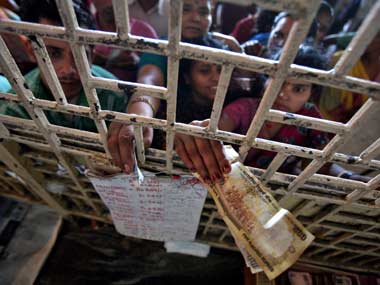)




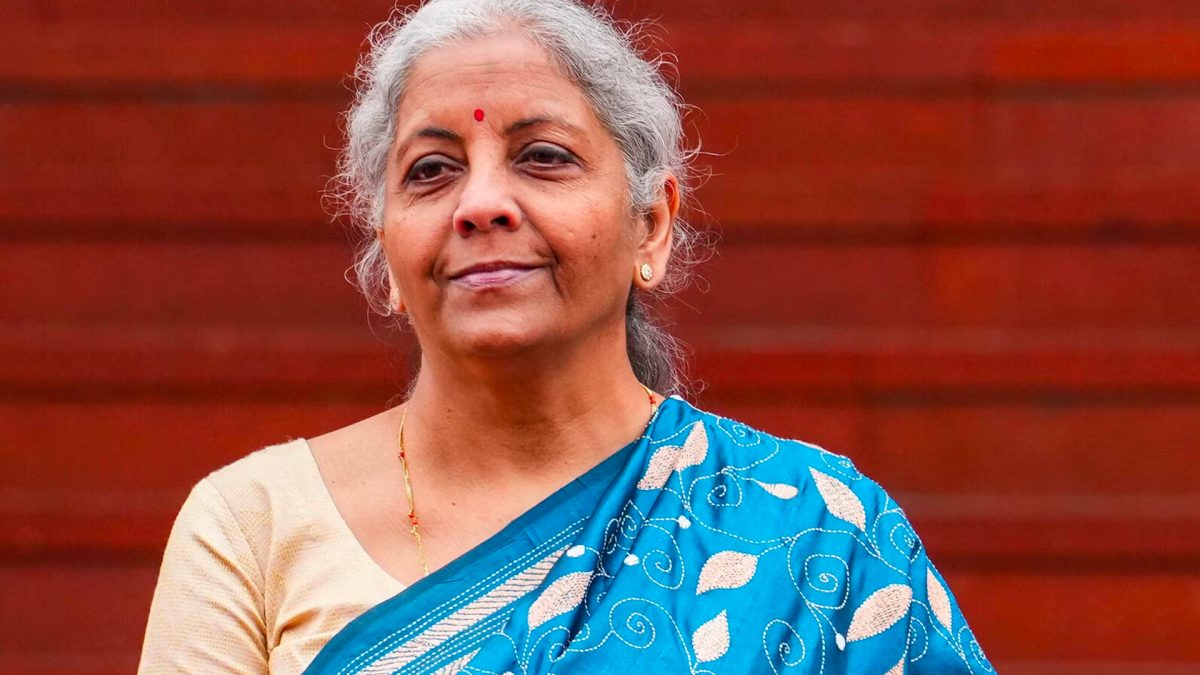)
)
)
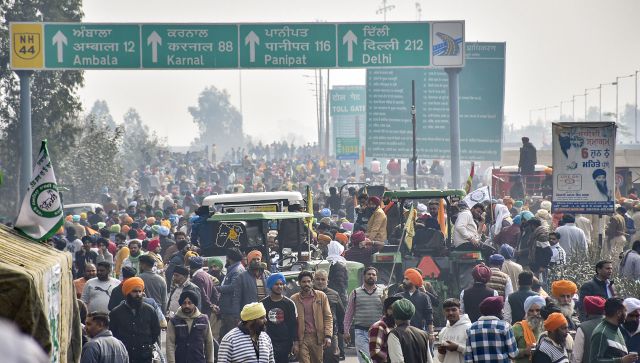)
)
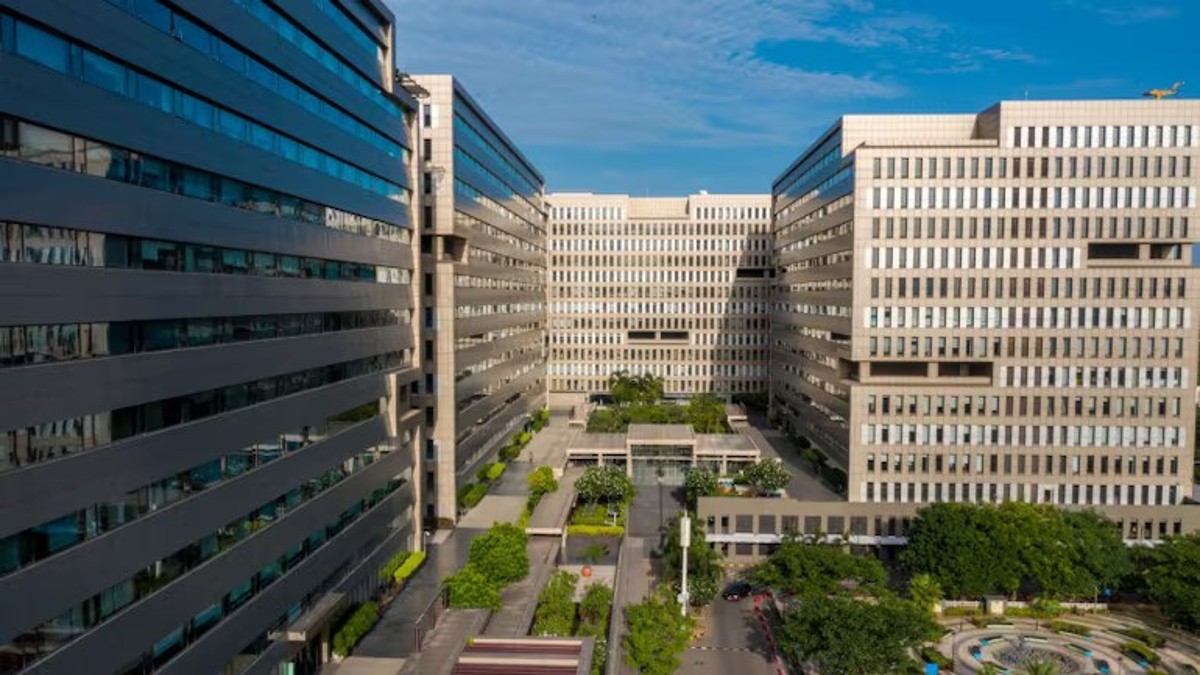)
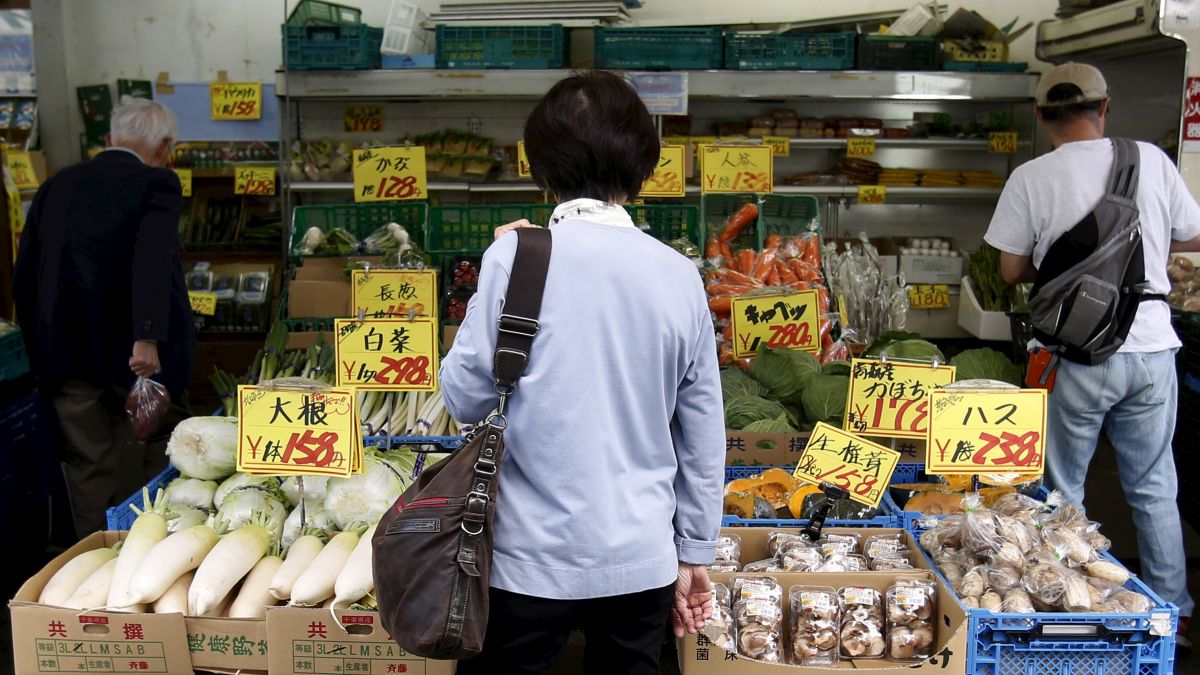)
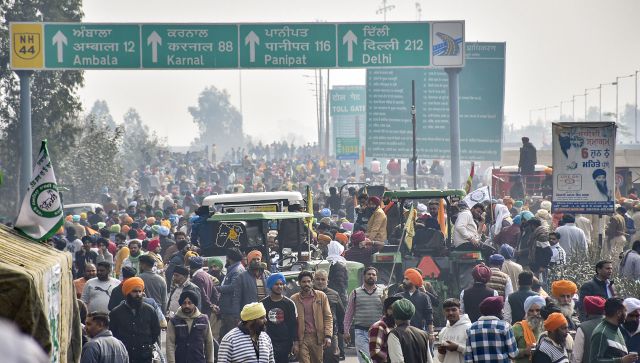)